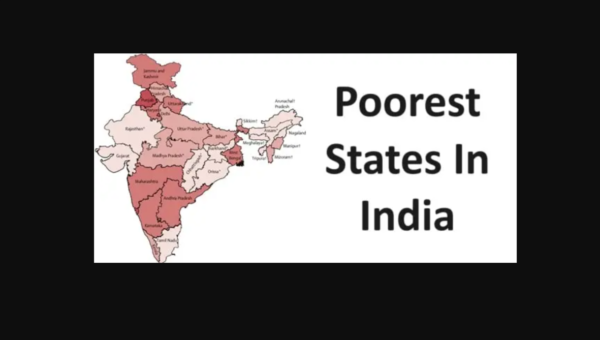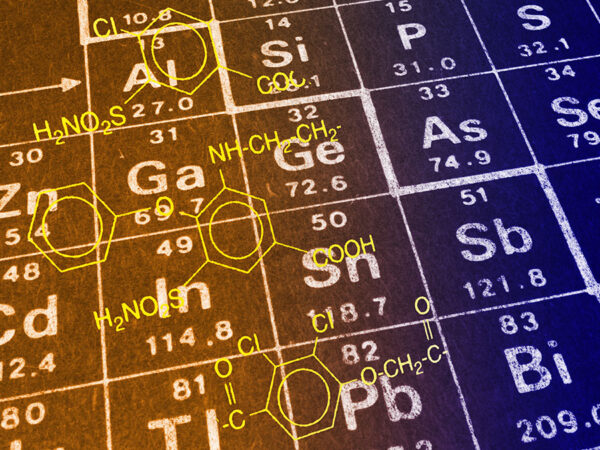The 2024-year quest to become an economy powerhouse is likely to continue however, the road ahead is uneven, with certain regions far in the back. This naive view of the poorest areas of the country wants to concentrate on regions in which the glow of prosperity may be dim, requiring targeted interventions and a long-term effort. In addressing the main problems that these states have to face like excessive poverty, outdated economic systems, and the issues of modernization, we need to analyze the nature of the many issues caused by stagnation in the economy. This blog post aims to create not to bridge the gap, but to encourage a discussion about how these divisions can be brought together to ensure that an unified path of growth with each step shines through every nook and cranny of this vast, vibrant nation. The topic that we delved into is going to be further discussed.
Also Read: Top 10 cpvc pipe brands in india 2024
Top 5 poorest state in india :
1. Bihar
Within states in the Indian states Bihar has the lowest level of poverty. 51.91 percent of the population had an average headcount that was MPI (Multidimensional Poverty Index) that was greater than or equivalent to 0.5 and ensconced with multidimensional poverty. This shocking level of poverty is a result of multiplicity-related forces that stem from institutional issues that are deeply rooted such as widespread illiteracy, inadequate practices in agriculture, and these are major obstacles which are structurally rooted and central in any significant development effort or initiatives that result in change within the state. This is the answer to fundamental problems facing Bihar in fostering sustainable development, thus enhancing the quality of life for the people of Bihar.
2. Jharkhand
Jharkhand is the second-poorest state in India with an average MPI of 42.16 percent. It has always been highlighted and magnified with low literacy rates, low education levels, high child mortality rates, and a poor diet for children. Other ongoing health and education issues of Jharkhand, which was a being part of Bihar up to 2000, help to sustain the current extreme poverty levels in Jharkhand. It is imperative to implement targeted interventions in the health and education sectors, along with other areas that can improve the standard of living and consequently reduce the amount of poverty that its citizens suffer from.
3. Uttar Pradesh
Uttar Pradesh has an MPI (Multidimensional Poverty Index) value of 37.79 percent and is the third most deprived state in India which is second only to Jharkhand. This high level for MPI for Uttar Pradesh implies a large portion of the population is suffering from multidimensional poverty that covers many aspects like education, health in addition to living standard. There has been a significant improvement and a significant proportion of the population escaping of poverty, in particular in recent years, due to effects like improvements in sanitation nutrition, accessibility to essential services in addition to other. However, despite numerous breakthroughs however, the majority of people living in Uttar Pradesh still lives under extremely difficult conditions.
4. Madhya Pradesh
Madhya Pradesh with an MPI of 36.65%is characterized by its substantial tribal population. It is one of the states that has an obvious tribal population who suffer from poverty at the most extreme levels than other communities within the state. Rural poor, particularly the tribal communities, are in significant dependence on the forests resources base. This underscores the necessity for strategies to help make development sustainable. This could include interventions targeted at the specific requirements of these communities, such as the expansion of access to essential services and opportunities for economic growth and thereby contributing to the reduction of poverty within the region.
5. Meghalaya
Meghalaya is a state with a significantly more severe level of poverty that is at the level of 32.67 percent, meaning that it is classified as the fifth-poorest State in India. Some of the major issues facing Meghalaya generally involve extreme malnutrition, poor schools, and facilities for education. A significant portion of the population does not have essential needs, like electricity and cooking fuel that is clean. This, in conjunction with the many facets of the issue of poverty Meghalaya requires that each dimension be addressed with a holistic approach focusing on better health, education, and living conditions in order to improve standards of living for the inhabitants.
Conclusion
The year 2024 is the year that India continues to face massive economic gaps, and certain regions are left out. Bihar, Jharkhand, Uttar Pradesh, Madhya Pradesh, and Meghalaya are the areas of India that are most afflicted by poverty that is multi-faceted, demonstrating the effectiveness of targeted interventions as well as the continuous efforts for the improvement of communities who are disadvantaged. Development that is equitable and inclusive of all will help to maintain India’s prosperity.




